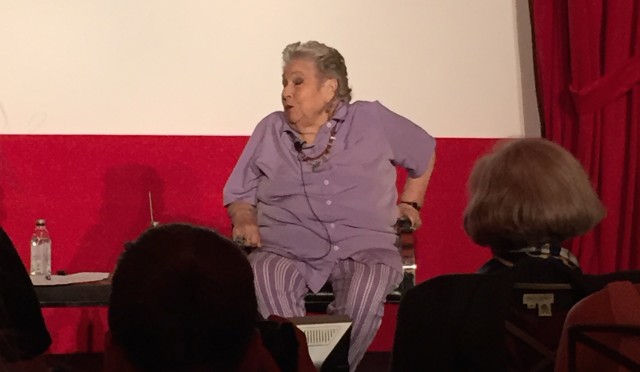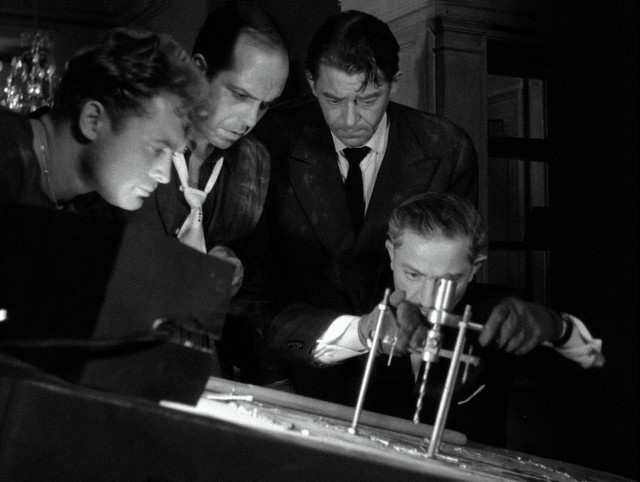I round out my coverage of the 2015 TCM Film Festival thanks to a mishap that resulted from inadequate festival planning on my part.
Initially, I intended on rounding out my evening by watching William Friedkin’s The French Connection. But as I exited my screening of The Apartment, I was shocked to see that the queue for the film stretched far, in and around the Hollywood and Highland Center. With a tinge of disappointment, I headed over to the multiplex to catch my plan B.
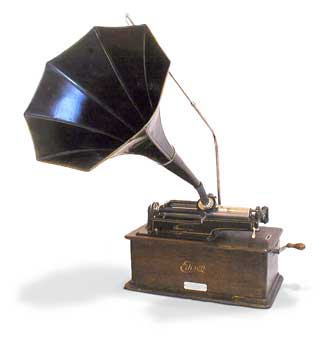
As I entered the theatre to attend Return of the Dream Machine, the audience and I were greeted to some “pre-show” music by Galen Wilkes, played on a 1908 Edison Phonograph, quite similar to the one pictured at the right:
After an introduction/history lesson courtesy of Randy Heberkamp, Managing Director of Preservation and Foundation programs for the Academy of Motion Picture Arts and Sciences, the program officially began. With live musical accompaniment by Michael Mortilla, we watched a total of eight shorts, all hand-cranked by Joe Rinaudo and Gary Gibson, both attired in the garb for projectionists at that time, ranged in length, from one to ten minutes (a full reel).
Here were a few of the highlights (note: each link is a video link where you can watch the film yourself):
- A Trip to the Moon (Le Voyage dans la lune Méliès, 1902) – really cool to see the hallmark sci-fi adventure on the big screen. In a day where splashy spectacle and CGI are the order of the day, it was refreshing and edifying to watch the genesis of such ingenuity and imagination. A perfect example that even in the dawn of cinema, its creators were thinking above and beyond to literally reach the stars.
- Edison’s The Great Chain Robbery (1903) – the forests of Fort Lee, New Jersey never looked more “western?” No, but really, another icon of early cinema full of action, gunplay and a very recognizable closing shot.
- A Corner in Wheat (D.W. Griffith, 1909) – while I have my own thoughts about the man and his body of work it would be remiss of me to dismiss this film is an early demonstration of Griffith’s ability to craft an interconnected, epic-scale narrative.
- The Dancing Pig (Le Cochon Danseur Pathé, 1907) – we have a human-sized, standing on its hind legs pig, in various states of (un)dress and dancing with a human companion. This is the stuff of (very entertaining) nightmares.
- Suspense (Lois Weber, 1913) Another one reel wonder where the filmmaker and leading lady Weber is able to create a tension-filled drama. I can imagine the amazement on an audience’s at seeing this play out on the big screen.
Oh yeah, when I said eight films – I fibbed – it was actually NINE! As the session came to its conclusion, we were presented with the world premiere restoration of the 1905 version of Serpentine Dance . Who would have thunk that watching a 2 minute clip could elicit such a feeling of whimsy in this cynical New Yorker?
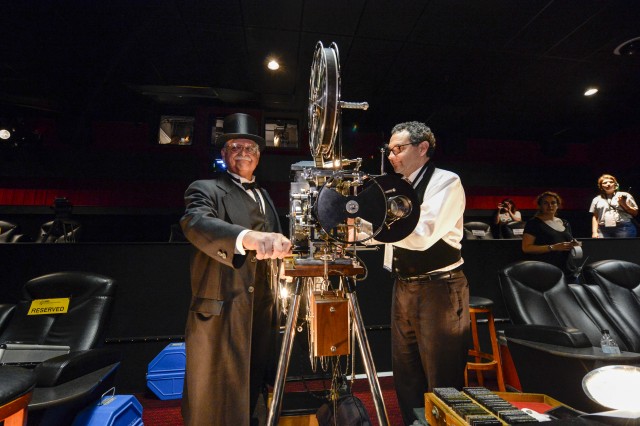
And with that, what a memorable way for me to round out another wonderful TCM Festival experience.
(Hopefully) see you all in 2016!
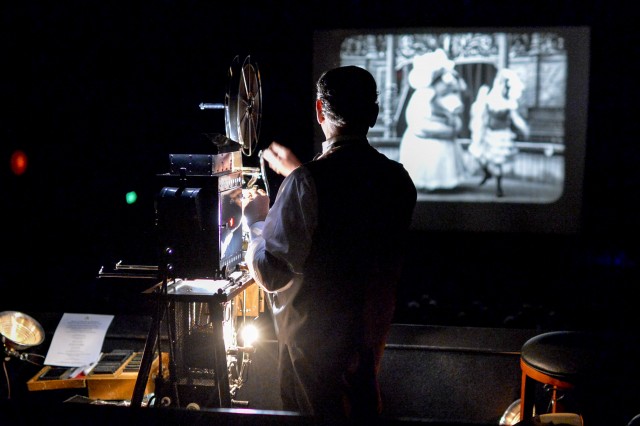
Photo Credit: Turner Classic Movies
1908 Edison Phonograph image: Public Domain
